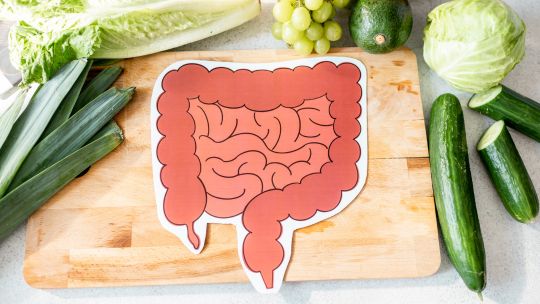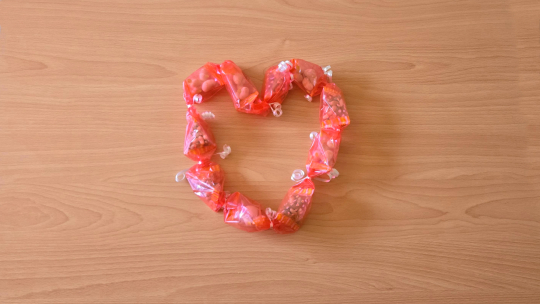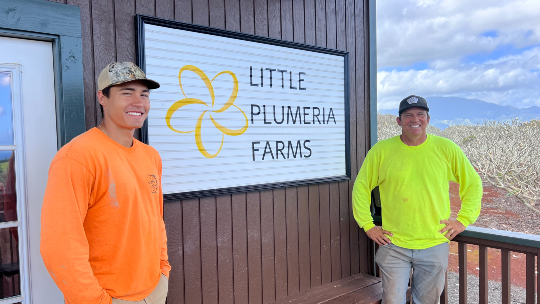Life can change in an instant. One moment, Jonathan Yap was bodysurfing with his friends at Sandy Beach on a bright, cloudless day; the next, he was plunging headfirst into the sand. Yap fractured his spine, which left him a quadriplegic. It was 1998 and Yap was a junior at Punahou School.
“It felt like being lost in the forest or at sea. There’s just a sinking feeling and fear that you’ll never be rescued,” says Yap.
He credits his loved ones for giving him the strength and guidance to pick himself up and find his way again.
“It was the love and support of my family and friends that helped me find my new self,” he says. “I started with a blank slate, which meant I could choose any direction. But no matter what, I knew it wouldn’t be easy.”
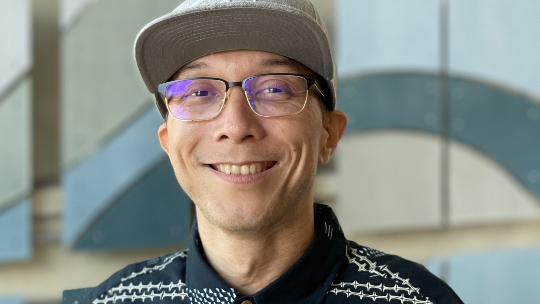
Jonathan Yap, Ph.D. Photo courtesy JABSOM
Rediscovering his passion
Yap chose science because it’s something he’s always been fascinated with.
“Ever since I was a child, I couldn’t get enough of it. The more I learned about the mechanics of nature and the way things worked, the more intent I became on understanding more. I had questions and wanted answers,” says Yap. “Choosing to pursue science as an adult felt familiar, like reconnecting with a childhood friend.”
His journey took him from earning a bachelor’s in biology and a Master of Science in physiology to William Boisvert’s lab at the Hawaii Center for Cardiovascular Research in the John A. Burns School of Medicine.
“Boisvert is not only a mentor and friend, but his encouragement and support were critical in earning my Ph.D. in cell and molecular biology from the University of Hawaii at Manoa,” says Yap.
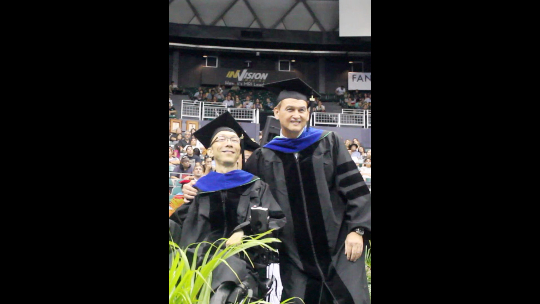
Yap (left) and William Boisvert, Ph.D., at Yap's commencement. Photo courtesy JABSOM
In 2011, he started as a volunteer in Boisvert’s lab, which specializes in studying heart disease. Yap is now a postdoctoral fellow there. He’s conducting his own research on inflammation during the early stages of a heart attack. Understanding and managing this inflammation could help survivors heal faster.
Inside the lab
Yap’s work has garnered attention and support from the National Institutes of Health. He’s received grants that help pay for the cost of his research and secure technical assistance in the lab. That includes some helping hands to do the physical work. Yap provides the scientific concepts and designs experiments, but since his arms and legs are paralyzed, lab technicians carry out the mechanical aspects.
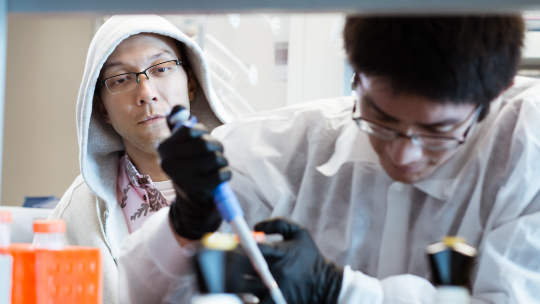
Yap watches as a lab techinican carries out the experiment he designed. Photo courtesy JABSOM
The most recent NIH grant aims to enhance diversity in the academic biomedical research workforce. The award focuses on helping postdoctoral researchers from diverse backgrounds transition to independent, tenure-track faculty positions, which is Yap’s goal.
“This funding has been indispensable since it’s necessary for career development and advancement,” he explains.
Beyond his cardiovascular research, Yap also hopes to inspire young people to join STEM fields.
“As a Kanaka Maoli (Native Hawaiian), I have a vested interest in promoting the advancement of the sciences in Hawaii while taking into account important ethnic disparities in health,” he says.
Life lessons
While his passion for science has led him to where he is today, Yap acknowledges it wouldn’t have been possible without his strong support circle and sense of self.
“If I’ve learned anything over the course of my journey so far, it would be that we all need help along the way,” he says. “As long as we believe in ourselves and are wholeheartedly devoted, there’s no limit to what we can achieve.”

